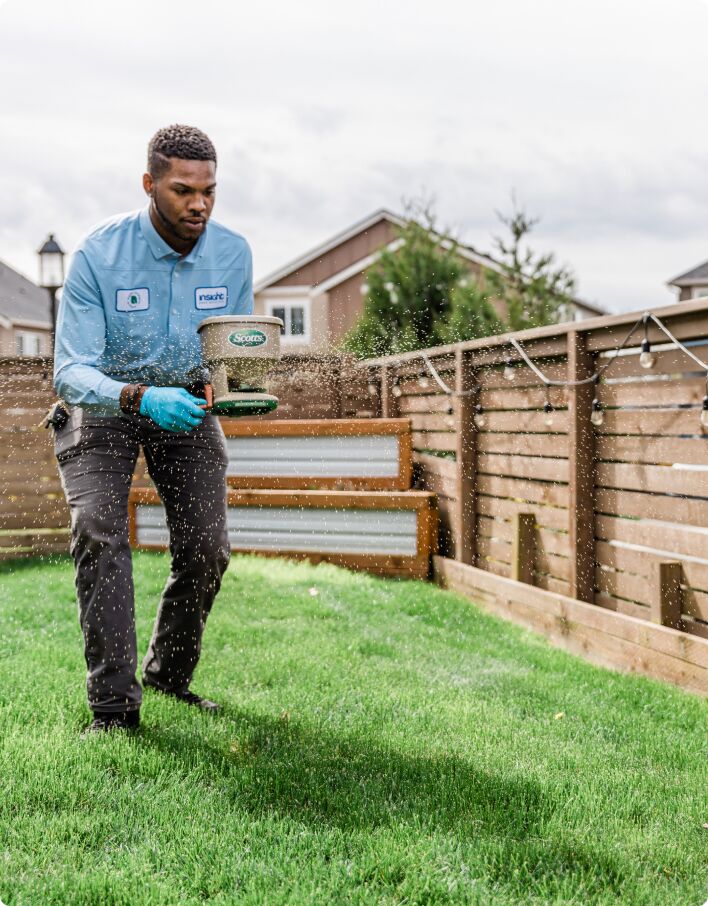Discover the Keys of Pest Control: Just How It Works and Refine Revealed
Pest control is a meticulous technique that entails a deep understanding of pest actions, strategic planning, and exact implementation. From recognizing the origin causes of invasions to implementing customized control measures, the procedure of pest control is a blend of scientific research and approach aimed at maintaining an unified atmosphere.
Insect Actions Understanding
Recognizing the complex behaviors of insects is vital for effective parasite control management. The actions of cockroaches, such as their choice for dark and moist atmospheres, guides pest control experts in determining where to concentrate treatment efforts.
In addition, understanding exactly how insects communicate with their atmosphere and react to exterior stimuli can boost the efficiency of control approaches. As an example, some pests exhibit indications of resistance to certain chemicals, requiring the use of different chemicals or strategies. By staying abreast of the most up to date study on bug behavior, pest control professionals can continually fine-tune their methods and remain in advance of evolving pest populaces. Ultimately, a deep understanding of pest actions is a keystone of successful bug control management.

Examination and Identification Methods
Effective bug control management counts heavily on precise evaluation and accurate recognition approaches to precisely establish and examine problems targeted elimination strategies. Evaluation includes a detailed exam of the building to establish the degree of the pest problem, identify the kind of bug existing, and locate prospective access factors. This process may consist of aesthetically evaluating usual hiding places, making use of surveillance devices such as cams or catches, and analyzing pest droppings or damages indicators.
Recognition is a crucial action that adheres to inspection, as various pests call for particular therapy methods. Parasite control professionals use their competence and understanding of insect actions to identify the types present precisely.
Bug Control Steps Execution
Having meticulously examined and properly determined the pests present, the next crucial action is the implementation of targeted pest control actions to successfully remove the problem. Once the sort of bug has been determined, customized approaches are used to attend to the details risk. Typical bug control approaches consist of chemical therapies, organic controls, and physical barriers. Chemical treatments include using chemicals to eliminate pests, while biological controls introduce all-natural killers to manage parasite populations. Physical obstacles such as securing entrance factors or setting up catches are also effective in stopping insects from spreading out or entering within a residential or commercial property.
Proper implementation of parasite control procedures calls for proficiency to make certain the safety of occupants and the setting. By employing targeted pest control actions, problems can be efficiently eradicated, creating a healthier and pest-free environment.
Environmental Impact Factors To Consider
Mindful assessment of the prospective ecological impact is a vital facet when implementing pest control measures. Bug control approaches can have different effects on the environment, including non-target species being influenced, contamination of dirt and water sources, and disruption of the environment. It is important to consider these elements to reduce any kind of unfavorable consequences on the setting.
To alleviate ecological influences, incorporated pest administration (IPM) methods are usually recommended. IPM focuses on utilizing a mix of strategies such as organic control, environment control, and the targeted use of chemicals as a last hope. Pest Control Homestead. By utilizing an all natural approach, IPM aims to regulate pests successfully while minimizing harm to the setting

Recurring Tracking and Prevention
Continual tracking and prevention play essential duties in keeping effective bug control techniques over time. When first parasite control procedures have been applied, continuous tracking becomes necessary to track insect task degrees and make sure that the selected methods are functioning successfully. Routine assessments by trained experts enable the early discovery of any kind of signs of pest renewal, allowing speedy action to be taken prior to the infestation rises.
Preventative measures are equally vital in sustaining a pest-free setting. Carrying out techniques such as securing access points, preserving sanitation, appropriate waste management, and lowering resources of food and water deny pests of the essentials they need to flourish. By proactively addressing these variables, the likelihood of a parasite problem is substantially lowered.
Furthermore, preventative measures contribute to the long-lasting success of parasite control initiatives, reducing the demand for reactive therapies and linked expenses. By including recurring monitoring and prevention into a detailed pest management plan, people and organizations can effectively secure their buildings versus undesirable intruders.
Verdict
In verdict, parasite control involves understanding bug habits, conducting thorough assessments, applying control measures, thinking about environmental influences, and preserving ongoing tracking and avoidance. By adhering to these steps, insect problems can be successfully taken care of and controlled. It is necessary to take a proactive strategy to pest control to shield both human health and wellness and the atmosphere.
By staying abreast of the most recent study on parasite habits, bug visit the website control professionals can constantly refine their techniques and remain in advance of evolving bug populations.Having actually thoroughly examined and accurately identified the bugs existing, the next crucial action is the application of targeted insect control measures to properly remove the problem.Moreover, choosing ecologically friendly insect control products and approaches can substantially click here for more info decrease the environmental impact of insect monitoring techniques - Pest Control Homestead. As soon as initial pest control measures have actually been executed, recurring monitoring ends up being essential to track insect task degrees and guarantee that the chosen techniques are functioning effectively.In verdict, bug control includes understanding pest behavior, conducting thorough inspections, carrying out control actions, taking into consideration ecological influences, and keeping continuous tracking and avoidance